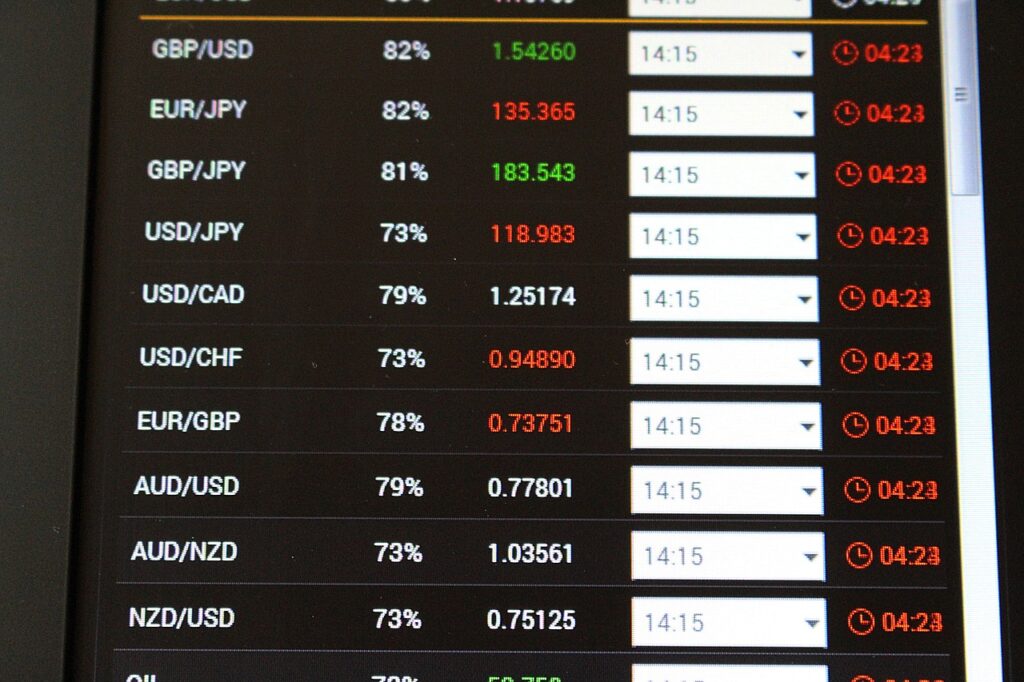What’s the news?
On May 18, the European Commission has adopted a delegated regulation (see here) supplementing the Regulation on markets in financial instruments (MiFIR). This delegated regulation deals, among other things, with the aspect of Portfolio Compression.
What is it about?
MiFIR defines Portfolio Compression as “means a risk reduction service in which two or more counterparties wholly or partially terminate some or all of the derivatives submitted by those counterparties for inclusion in the portfolio compression and replace the terminated derivatives with another derivative whose combined notional value is less than the combined notional value of the terminated derivatives.”
Or to put it a little more simple: it is a method to reduce market exposure of positions in a portfolio. Assume you are trading derivatives, you can offset these positions against other positions bilaterally, i.e. with just one other counterparty, or multi-laterally, i.e. with several counterparties. Obviously, the derivatives must be in the same asset class or product. For instance, you have USD 3-months forward contracts (that means contracts to buy or to sell US Dollars at a specified future time, in this case three months from the creation of the contract, at a price agreed upon today) between two counterparties. Through the portfolio compression these contracts are matched against each other, i.e. terminated and replaced by a new contract, which has a notional value that is less than the combined notional value of the terminated contracts. By doing so, the counterparties reduce their credit risk since they are exposed to a smaller position. Another effect it is that since the position is smaller, the costs are reduced as well to hold the position.
Is this a new concept?
No. Portfolio Compression has been around for a while and is already included in previous legislation like the Dodd-Frank Act in the US or European Union’s European Market Infrastructure Regulation (EMIR).
What is the MiFIR take on this?
The legislator had outlined in Article 31 of MiFIR a few requirements and aspects of Portfolio Compression already. For example, investment firms and market operators providing portfolio compression are exempt from certain obligations like Best Execution or the Transparency Obligations set in MiFID II. On the other hand, they have to publish volume and time of these transactions through a so called Approved publication arrangement (APA), which is a kind of data service provider and must maintain accurate records.
Why then a delegated regulation?
Since this framework is rather high level, the legislator envisaged in article 31 Nr. 4 the possibility to get assistance from the European Supervisory Authorities, in this case ESMA, to draft the specifics on the above aspects of Portfolio Compression and send them to the Commission for review and approval. This is part of the so-called Lamfalussy Process (for more information, see here), a legislative process that aims to provide several benefits over traditional lawmaking, including more-consistent interpretation, convergence in national supervisory practices, and a general boost in the quality of legislation on financial services.
And what does the delegated regulation say on the topic?
The delegated regulation specifies the elements of portfolio compression such as the obligation to consider participant’s criteria for risk tolerance, the obligation to allow for the application of the relevant risk framework, the obligation and the publication requirements applicable to firms providing such service, and the obligation to establish links between transactions submitted for compression. It also contains specifications on the required documentation of portfolio compression and method for determining whether the combined notional value following compression is less than the combined notional value before compression. Furthermore it contains specifications on the publication requirements in relation to portfolio compression.
So, what’s next?
The delegated regulation is now subject to review by the European Council and the European Parliament. Unless one or both institutions object, the delegated regulation will enter into force on the twentieth day following that of its publication in the Official Journal of the European Union.
